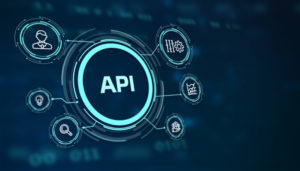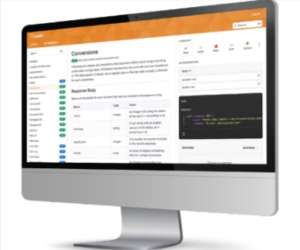The LeadsRx API (Application Programming Interface) is here to help. Use it to input raw data into the system or pull data back out. Use it to access all of the LeadsRx API endpoints – such as the Attribution API to look up the results of a designated campaign; or the Grid API to add conversions or touchpoints to specified campaign data.
Collecting names at a trade show? Take that touchpoint data and input it into the LeadsRx API.
The goal with the LeadsRx API, like any other API, is to increase efficiency and reduce the cumbersome nature of handling lots of data. When dealing with bulk data, the API allows for automated execution – and that removes the chance for human error.
Another handy feature is being able to request data from the LeadsRx API and feed it into data visualization tools, such as NinjaCat, Tableau, or TapClicks.
Agencies use our API to continuously input and output data, say from a call center. One agency customer says this: “We wouldn’t be a customer without the LeadsRx API. We are an advanced agency who wants to enrich our output with the LeadsRx data, extract our data, add to our Google Analytics data, and create one, single report.”
LeadsRx is an “API-first” company, meaning our LeadsRx user interface operates using our own API. We talk the talk and walk the walk.
Getting Technical
The LeadsRx API is organized around REST (representational state transfer), an architectural style. All requests should be made over SSL (secure socket layer), a certificate that keeps sensitive information sent across the internet encrypted.
All request and response bodies, including errors, are encoded in JSON (JavaScript Object Notation), an encoding scheme that is designed to eliminate the need for ad-hoc code for each application to communicate with servers.
LeadsRx also has some specific language bindings to make integration easier. Once logged into the LeadsRx API, you can switch the programming language of the examples with the tabs in the upper right (check out the screen capture below). To play around with a few examples, we recommend a REST client called Postman.
Simplifying APIs – Some Examples
For the marketer with non-developer skills, here’s a simple example of what an API does and how it works: A person booking a vacation home likely uses a booking site, like Airnbnb or VRBO. Once the user inputs vacation dates, preferred location (city), size and type of dwelling, other stipulations such as “pet friendly” or “has a hot tub,” that information is used by the booking site’s database to see what is available that meets all or most of the user’s criteria.
The API is the interface that takes all that data and responds, almost instantaneously, with the most up-to-date, relevant information.
Then it’s up to the user to pick the rental property that works best for them or adjust their information to find a place that is more to their liking.
You can be sure that the LeadsRx API is secure and monitored and managed for performance and scale.
Disclaimer: While APIs make data handling easier, if you are going to use the LeadsRx API, it does require developer skillsets on your end. You need someone who can write code and move and manipulate data. It, like all APIs, is not designed for a marketer. It is designed so a developer/data expert can produce reports that provide a marketer with data to devise insights that in turn lead to improved marketing performance.



